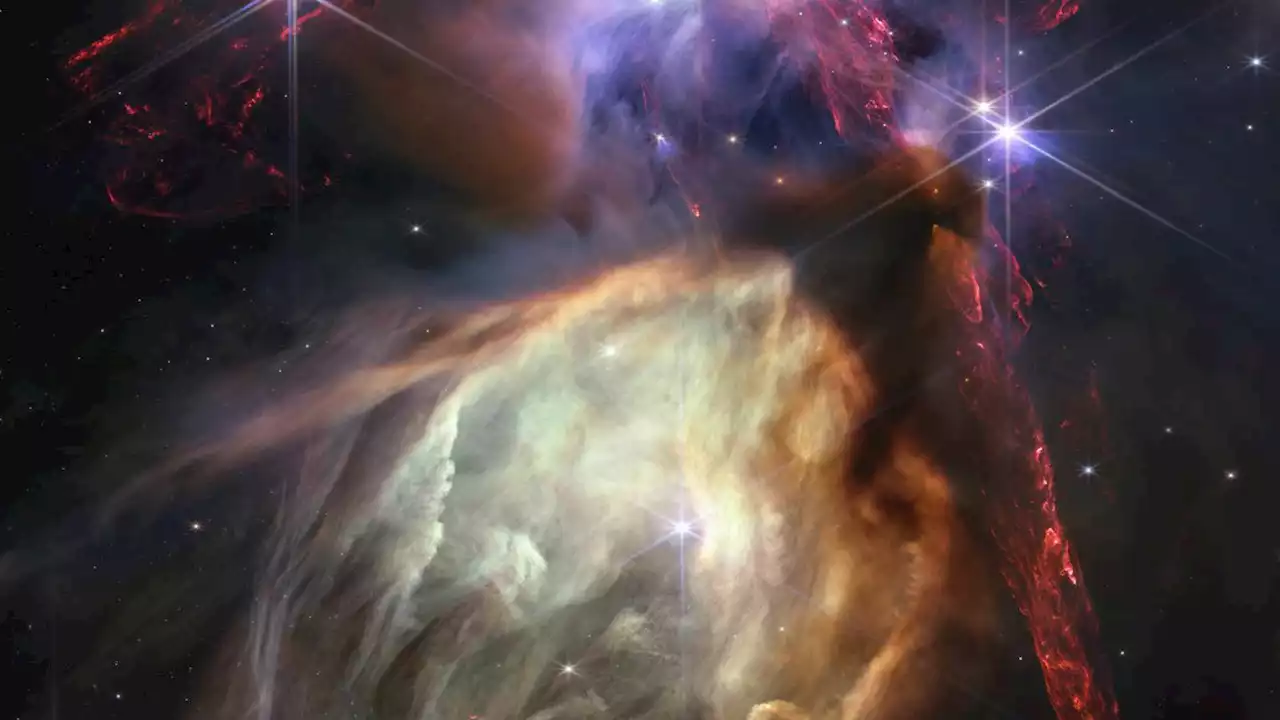The Webb Space Telescope is marking one year of cosmic photographs with one of its best yet
The first anniversary image released Wednesday, July 12, 2023, by Space Telescope Science Institute Office of Public Outreach, shows NASA’s James Webb Space Telescope displaying a star birth like it’s never been seen before, full of detailed, impressionistic texture. The subject is the Rho Ophiuchi cloud complex, the closest star-forming region to Earth. is marking one year of cosmic photographs with one of its best yet: the dramatic close-up of dozens of stars at the moment of birth.
NASA unveiled the latest snapshot Wednesday, revealing 50 baby stars in a cloud complex 390 light-years away. The region is relatively quiet yet full of illuminated gases, jets of hydrogen and even cocoons of dust with the delicate beginnings of even more stars. All of the young stars appear to be no bigger than our sun. Scientists said the breathtaking shot provides the best clarity yet of this brief phase of a star’s life.
"Our own sun experienced a phase like this, long ago, and now we have the technology to see the beginning of another’s star’s story,” Klaus Pontoppidan, who served as project scientist, said in a statement. This cloud complex, known as Rho Ophiuchi, is the closest-star forming region to Earth. With no stars in the foreground of the photo, NASA noted, the details stand out all the more. Some of the stars display shadows indicating possible planets in the making, according to NASA.
México Últimas Noticias, México Titulares
Similar News:También puedes leer noticias similares a ésta que hemos recopilado de otras fuentes de noticias.
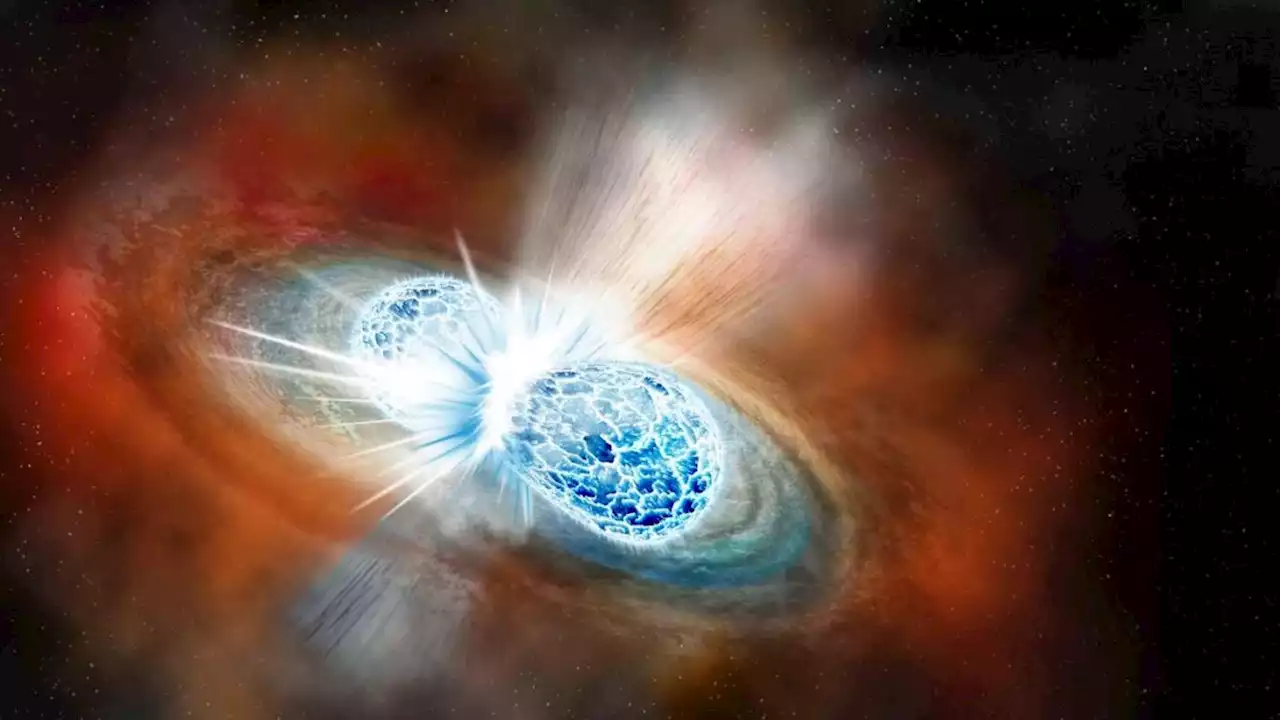 James Webb Space Telescope spots violent collision between neutron starsThe telescope traced an incredibly bright gamma-ray burst to a kilonova, a dramatic event believed to forge heavy elements like gold.
James Webb Space Telescope spots violent collision between neutron starsThe telescope traced an incredibly bright gamma-ray burst to a kilonova, a dramatic event believed to forge heavy elements like gold.
Leer más »
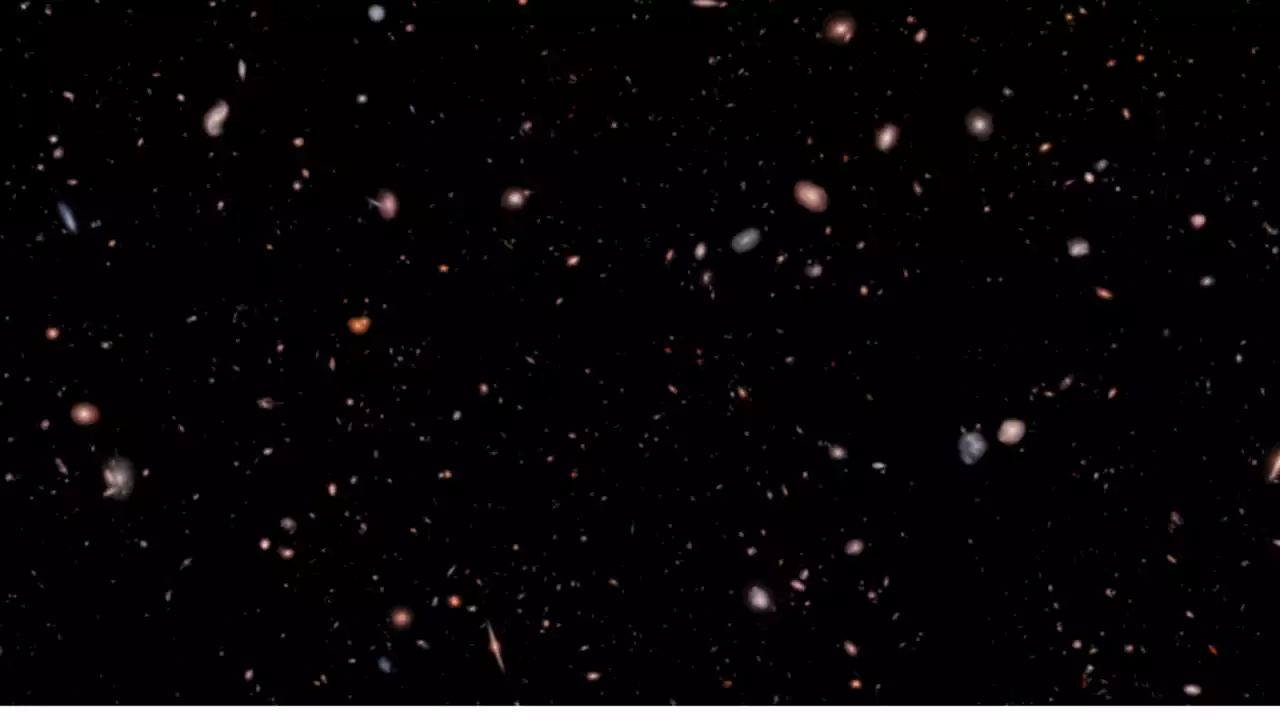 James Webb Space Telescope time travels billions of years in amazing 3D visualization (video)The first data release from the CEERS survey features a region known as the Extended Groth Strip and sends viewers back to shortly after the Big Bang.
James Webb Space Telescope time travels billions of years in amazing 3D visualization (video)The first data release from the CEERS survey features a region known as the Extended Groth Strip and sends viewers back to shortly after the Big Bang.
Leer más »
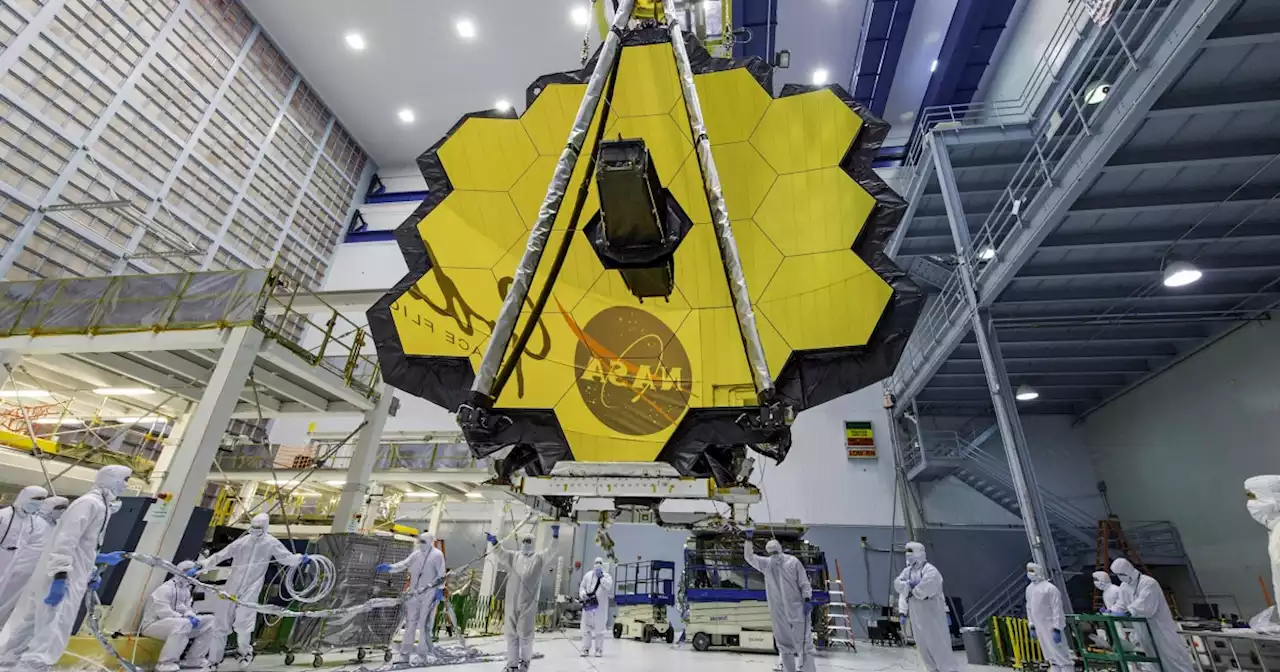 Webb Space Telescope spots most distant black hole yet — and more may be lurkingDetected in February, this particular black hole is active and actually puny as they go — equivalent to about 9 million times the mass of our sun.
Webb Space Telescope spots most distant black hole yet — and more may be lurkingDetected in February, this particular black hole is active and actually puny as they go — equivalent to about 9 million times the mass of our sun.
Leer más »
 James Webb Space Telescope observes massive kilonova explosion for first timeThe galaxy identified as the brightest, and thus the most probable location of this explosion, is situated approximately 8.3 million light-years away from Earth.
James Webb Space Telescope observes massive kilonova explosion for first timeThe galaxy identified as the brightest, and thus the most probable location of this explosion, is situated approximately 8.3 million light-years away from Earth.
Leer más »
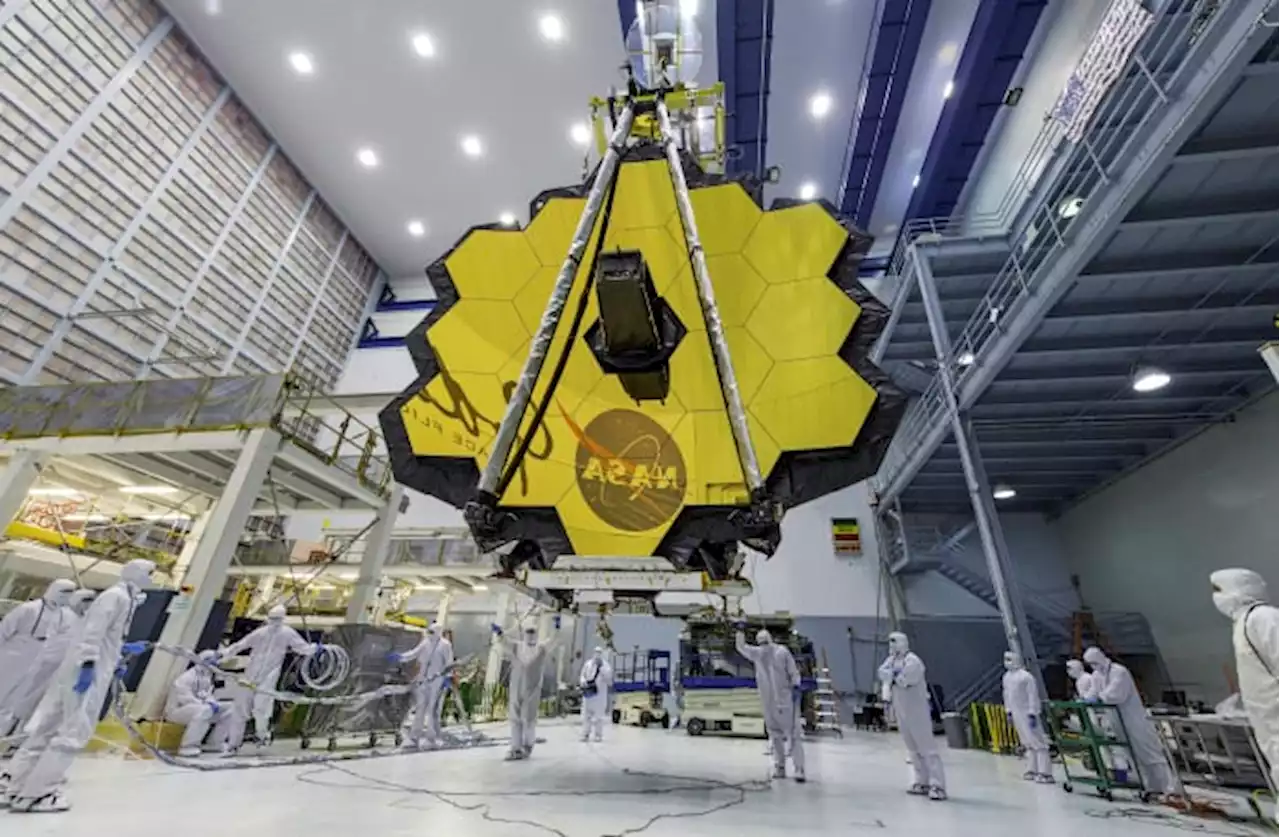 Webb Space Telescope spots most distant black hole yet. More may be lurkingAstronomers have discovered the most distant black hole yet using the Webb Space Telescope, but that record isn't expected to last.
Webb Space Telescope spots most distant black hole yet. More may be lurkingAstronomers have discovered the most distant black hole yet using the Webb Space Telescope, but that record isn't expected to last.
Leer más »
